The construction industry, often perceived as slow to embrace change, is undergoing a remarkable transformation. Driven by technological advancements, environmental concerns, and evolving market demands, this sector is adopting innovative approaches to meet the challenges of the 21st century. We’ll explore some of the most groundbreaking innovations revolutionizing construction.
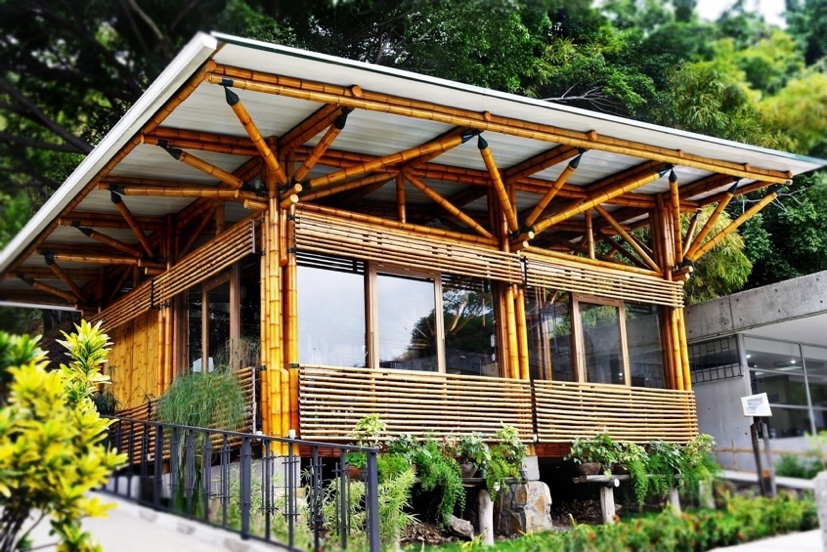
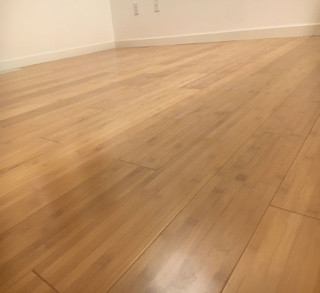
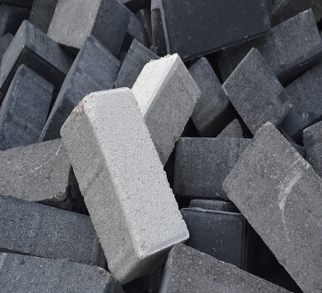
Bamboo flooring
Heat insulation
Recycled steel
Self-healing concrete
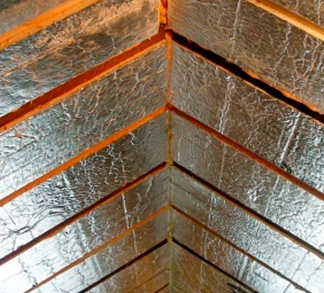
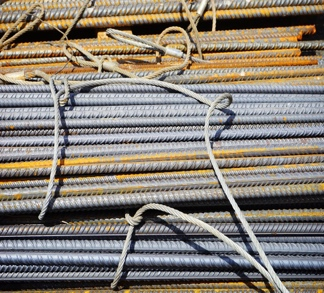
1. Green Building Materials
The push for sustainability has led to the development of eco-friendly building materials. From recycled steel to bamboo flooring, these materials are not only environmentally responsible but also durable and cost-effective. Innovations like self-healing concrete, which uses bacteria to seal cracks, and solar-reflective roofing materials, which reduce heat absorption, are setting new standards in sustainable construction.
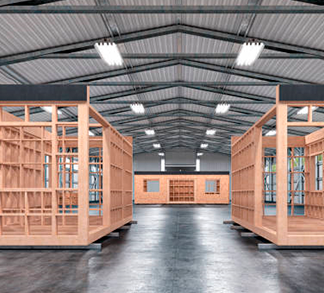
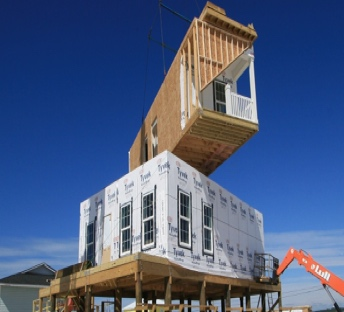
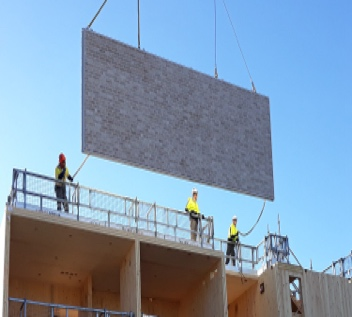
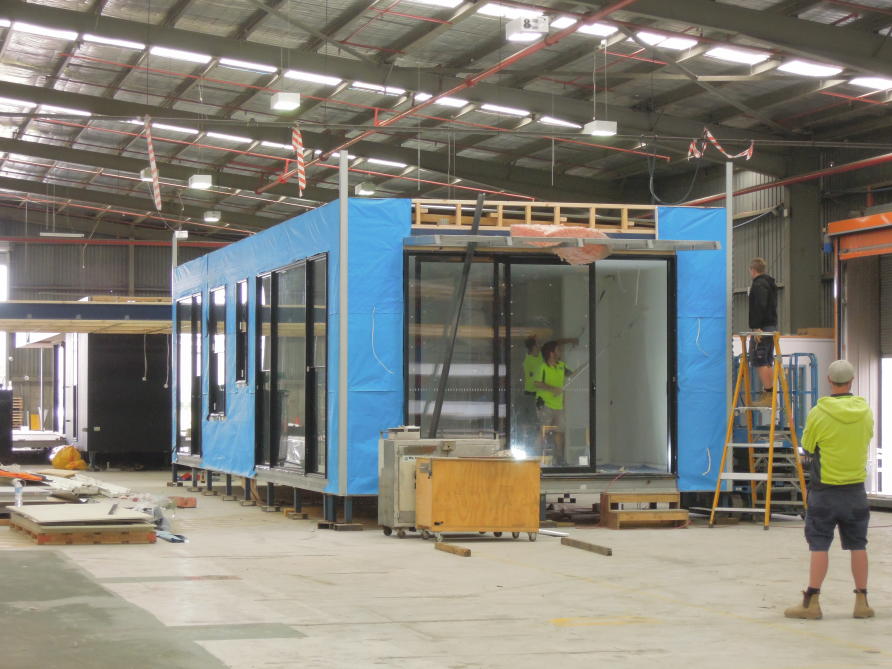
2. Modular and Prefabricated Construction
Modular and prefabricated construction methods, where parts of a building are manufactured off-site and assembled on-site, are gaining traction.
Prefabricated construction – It is an umbrella term used to describe any type of construction which is done in a factory, away from the site of construction.
Modular buildings – Uses an inside-out approach to manufacturing a building. Most modular buildings are completed in a factory and are transported and assembled on site.
This approach offers numerous benefits, including reduced construction time, less waste, and improved quality control. Moreover, it allows for greater flexibility in design and can significantly lower costs. All modular buildings are prefabricated buildings but all prefabricated buildings may or may not be modular structures.
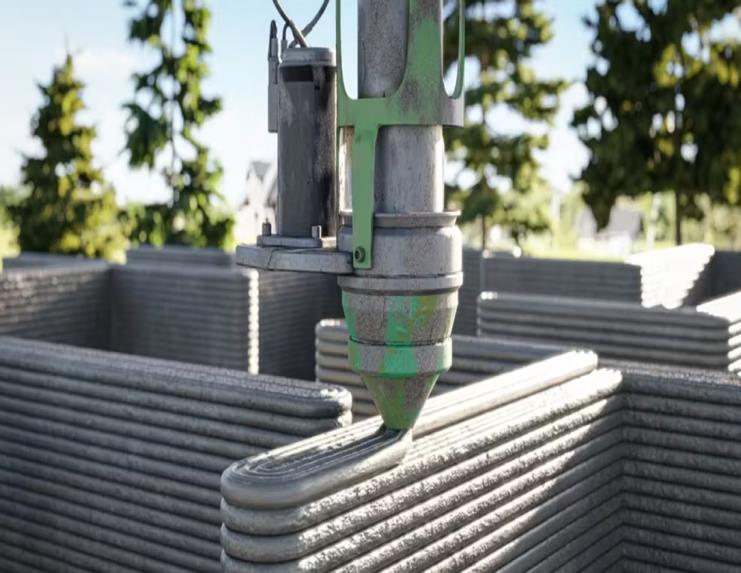
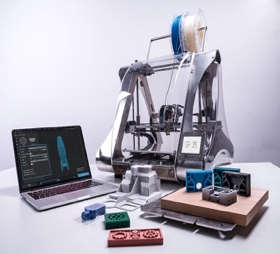
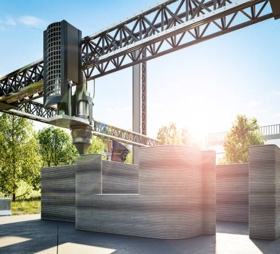
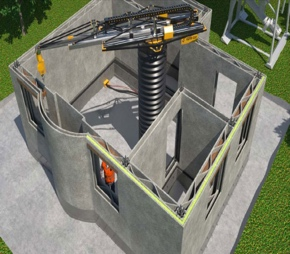
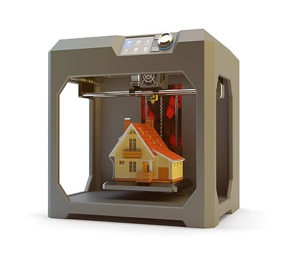
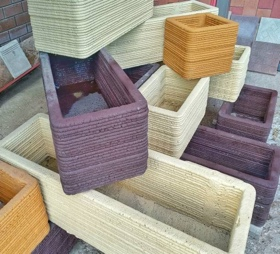
3. 3D Printing in Construction
3D printing is no longer just a tool for prototyping; it’s becoming a part of actual construction processes. This technology enables the creation of complex, custom shapes with minimal waste. It’s particularly promising for constructing affordable housing quickly and for creating structures in remote or disaster-stricken areas. Powder binding and additive welding are other methods used for 3D printing in construction. Powder binding involves the solidification of powder layers to create the desired object.
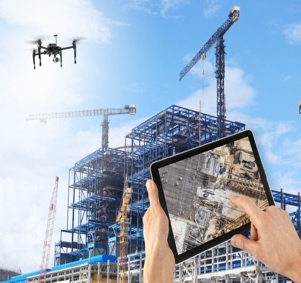

Drones
AI tech
Data collection
apps

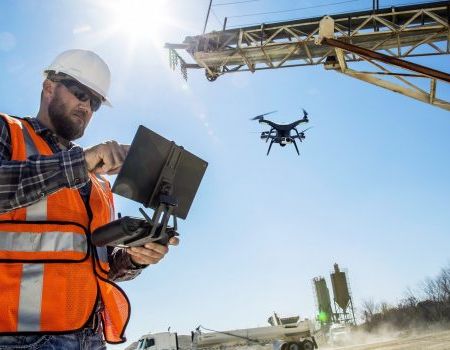
4. Smart Construction Technology
The integration of smart technology in construction is enhancing efficiency and safety. Some examples include the use of drones for site surveys, data collection apps for accurate, high and faster gathering of data’s, Artificial Intelligence (AI) tools helps project management in improving workflows and getting jobs done faster and better. These technologies not only streamline operations but also provide critical data for informed decision-making.
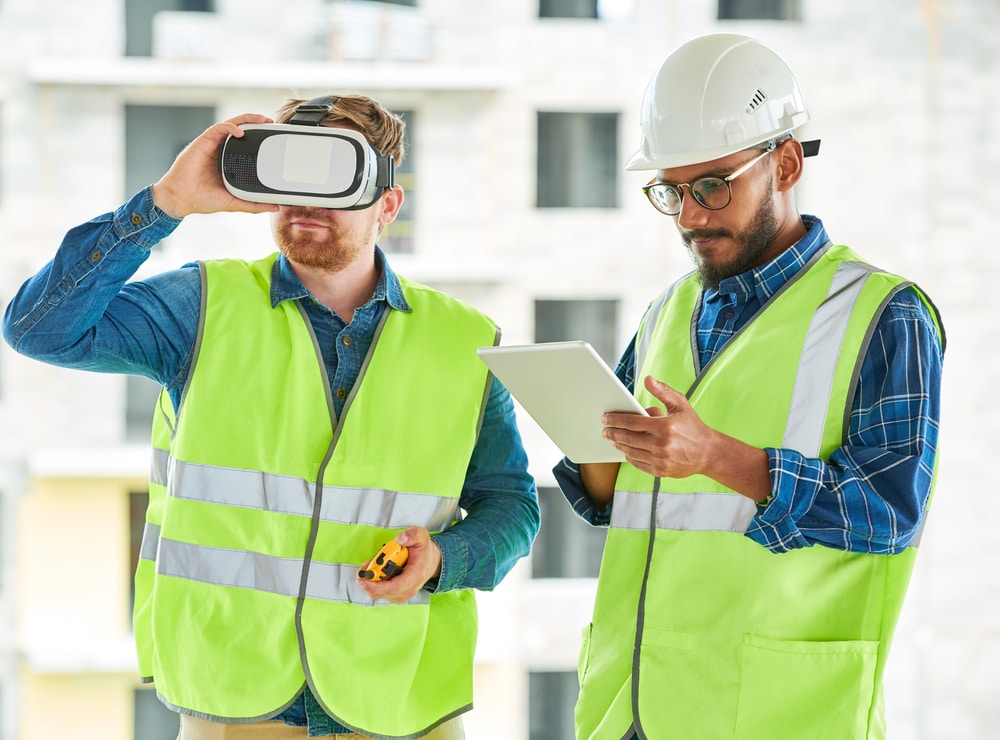
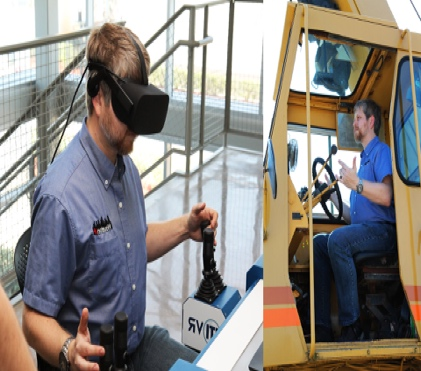
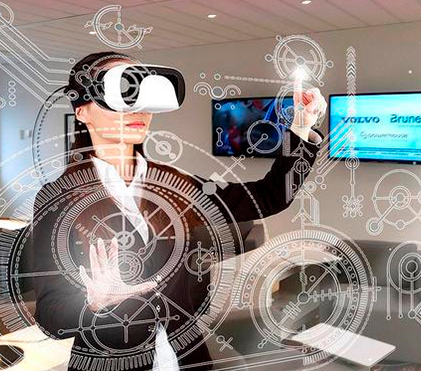
5. Augmented and Virtual Reality (AR/VR)
AR and VR are changing the way architects and engineers visualize projects. These tools allow for virtual walkthroughs of buildings before they are built, facilitating better design and planning. They also aid in training workers, providing them with a virtual environment to practice skills safely.
The construction industry’s embrace of innovation is a testament to its resilience and adaptability. These advancements are not just about adopting new technologies; they are about rethinking how we build. As the industry continues to evolve, we can expect more efficient, sustainable, and cost-effective construction methods, shaping the landscapes of our cities and lives.

